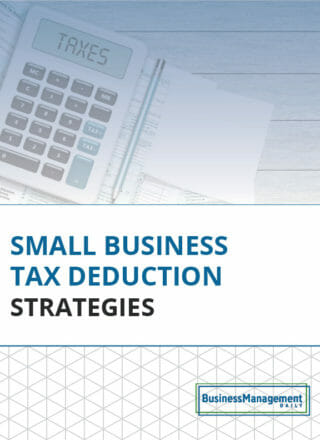Turn on the HEET for education
With the onset of cold weather in many parts of the country, grandparents of college-bound children may seek some warmth in a smart tax-saving device.
Strategy: Investigate the possibilities offered by a HEET (pronounced “heat”). It stands for “health and education exclusion trust.” Typically, a HEET is used by well-to-do individuals to help finance their grandchildren’s college educations or to pay for their medical expenses.
A HEET is essentially a version of the dynasty trust that’s been prevalent for years. But what makes HEETs especially hot these days is they can sidestep estate tax and generation-skipping transfer tax (GSTT) traps that might hinder other arrangements.
Here’s the whole story: In the normal course of events, lifetime gifts made by a taxpayer are subject to federal gift tax, but are usually sheltered from the tax by two gift-tax provisions.
- The annual gift-tax exclusion allows you to give gifts up to a specified amount without incurring any gift tax. The exclusion for 2015 is $14,000 per recipient. (It will remain the same in 2016.) This exclusion doubles to $28,000 for joint gifts by a married couple.
- If your gifts for the year exceed the amount of the annual gift exclusion, the excess may be shielded from tax by the unified federal gift and estate tax exemption. This exemption can shelter up to $5.43 million from tax in 2015 (increasing to $5.45 million in 2016). However, any amount used for lifetime gifts reduces the tax shelter available for your estate.
In addition to regular estate and gift taxes, transfers that skip a generation—for example, direct gifts from a grandparent to a grandchild —are subject to the GSTT. The tax rate for the GSTT is 40%. Fortunately, a GSTT exemption, which is the same as the current amount of the federal gift and estate tax exemption, can shelter generation-skipping gifts and bequests from this onerous tax.
But you can do even better. With a HEET, you avoid any potential gift tax, estate tax or GSTT complications. That’s because these types of gifts are exempt from those taxes without taking any other tax breaks into account (see below).
The key to the deal is that the transfers from the HEET can’t go directly to the beneficiary. Instead, the money must be paid directly to a school or health care provider. Otherwise, the full range of wealth transfer taxes is back on the table.
After the HEET is established and properly funded, it can pay out an unlimited amount of qualified educational or medical expenses on behalf of the beneficiary. For this purpose, “qualified education expenses” include tuition paid for a student to attend a primary, secondary, undergraduate or post-graduate domestic or foreign education program. The beneficiary can be either a full-time or part-time student.
Note: The definition of “qualified medical expenses” is the same as the tax law’s definition for medical expense deduction purposes.
And you don’t have to stop at one beneficiary. If you can afford to, you might set up a HEET to cover college and grad school costs of multiple beneficiaries spanning the generations.
Tip: Besides the other benefits, the funds used to set up a HEET are removed from your taxable estate.
Two ‘extra’ gift-tax exemptions
There are two additional gift-tax exemptions on the books.
1. Medical expenses: No gift tax is imposed on amounts used to pay another person’s medical expenses. Pay bills directly to the health care provider.
2. Education expenses: No gift tax is imposed on amounts used to pay someone’s tuition and related fees. Give checks directly to the school.
Neither one of these gifts reduces the annual gift-tax exclusion or unified federal gift and estate tax exemption.



